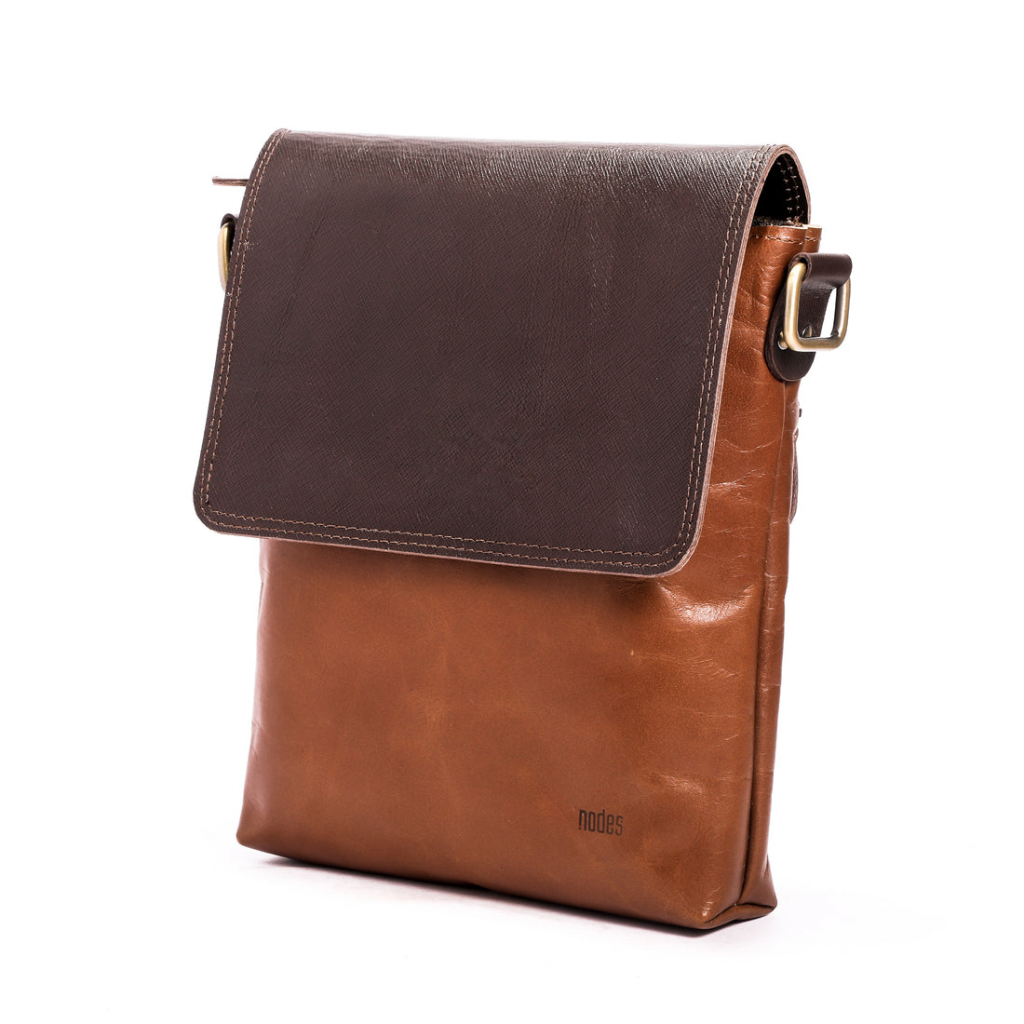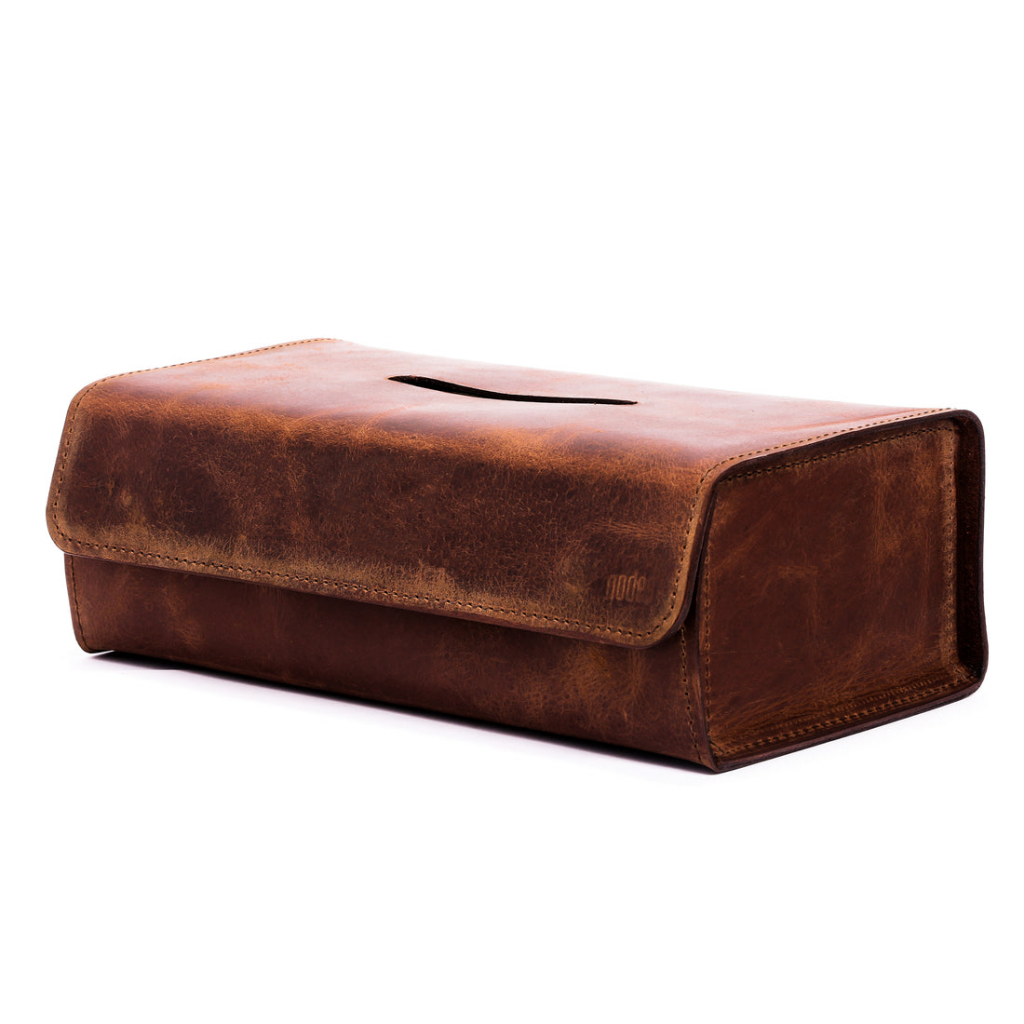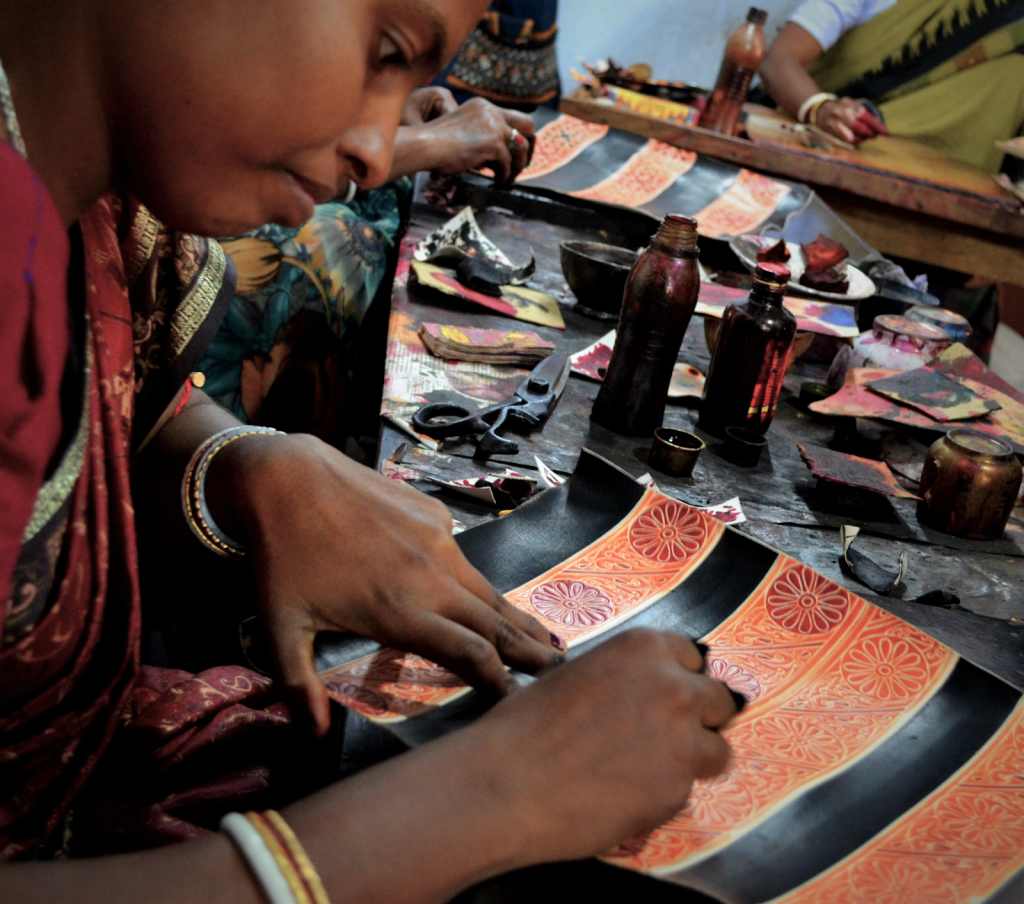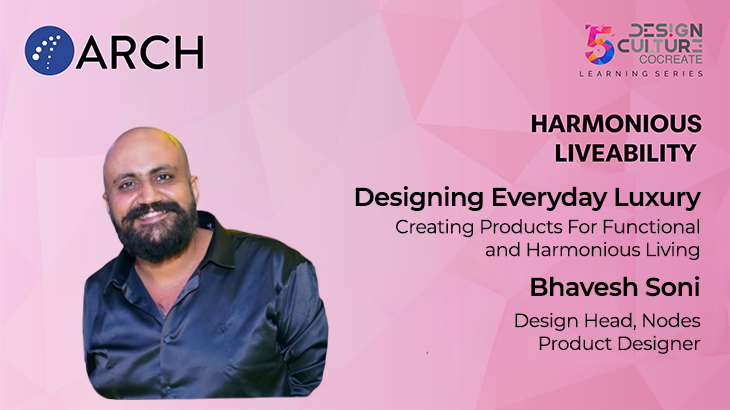In an age driven by fast trends, instant consumption, and constant excess, intentional design stands apart as a practice of purpose. It is about questioning what we truly need, designing with clarity, and creating products that serve people with meaning rather than noise. Every decision from material choice to scale, usability, and even branding is made consciously, with the user’s life and long-term value in mind. It treats products not as disposable objects, but as companions that age gracefully, fit seamlessly into daily life, and reflect thoughtful living.
At our recent Design Learning Series, designer and entrepreneur Bhavesh Soni, founder of Nodes, shared his journey of building a contemporary leather brand rooted in sustainability, minimalism, and function.
The session invited students to explore not just design as a craft, but as a philosophy—living with less, creating with care, and shaping timeless products. It encouraged them to rethink everyday essentials and embrace intentional design as a guiding mindset. Let’s look at the key learnings from Bhavesh Soni’s talk at ARCH College’s Design Learning Series.
When it comes to design, less often means more. Instead of chasing trends or adding layers of unnecessary detail, true innovation lies in refining what already exists. Everyday essentials—wallets, sling bags, organisers—may not feel glamorous at first glance, but they carry untapped potential when approached thoughtfully.
Function Before Excess
Speaker Bhavesh explained it with the example of Node’s wallet. After India’s demonetization, the size of new currency notes changed, but wallet designs didn’t. People continued to carry bulky, overstuffed wallets with redundant slots, causing discomfort, poor usability, and even posture issues.

Nodes responded by creating a wallet that was slim, functional, and gender-neutral. By removing the unnecessary and focusing on what truly mattered, the design not only fit modern needs but also felt timeless and elegant. That is the philosophy of intentional living: rethinking what we need, letting go of excess, and creating with purpose.
In a world where logos often scream for attention, subtlety can feel like a quiet act of rebellion. Many brands rely on oversized monograms and bold branding to establish presence, but this often shifts the focus away from the person using the product. The accessory starts to speak louder than the individual.
Subtle Choices that Speak Louder

He further adds, a product should complement the personality of its user, not compete with it. A wallet, a sling, or an accessory isn’t meant to announce itself—it’s meant to fit seamlessly into someone’s life. This restraint also gives the product longevity. A design that avoids heavy logos or excessive detailing doesn’t feel bound to a passing trend. It stays elegant, relevant, and personal for years to come.
As Bhavesh reminded the students, intentional design isn’t about making the loudest statement—it’s about knowing when to step back so that the user remains at the centre.
Timeless Over Trendy
In design, it’s easy to be swept up by what’s trending. Colors, silhouettes, and materials rise and fall in popularity at lightning speed, and while following these shifts might bring quick attention, it rarely creates lasting impact. Trends fade; classics endure. A timeless design doesn’t mean old-fashioned—it means relevant across time. It’s about creating forms, choosing materials, and building experiences that feel just as meaningful years later as they do today.

Leather, for example, is central to their work not because it’s luxurious in a conventional sense, but because it tells a story over time. A leather wallet or bag doesn’t deteriorate after a season—it softens, changes, and develops character with use. Each crease or patina becomes part of the user’s life, making the product feel more personal, the longer it stays with them.
This is intentional design, creating objects that serve not only a function but also build an emotional connection. By prioritising durability and timeless aesthetics, the brand encourages users to invest in fewer, better things rather than constantly chasing what’s new.
A Lifestyle, Not Just a Product
At its core, intentional design is not about producing another object to sell. It’s about shaping a way of life—one that values clarity, purpose, and longevity. A well-designed product isn’t just something we own; it’s something that influences how we live, think, and interact with the world around us.
For design students, Bhavesh offered three important guiding questions:
- Start with why the product exists.
- Focus on how it will serve the user—not only in function but also as an experience.
- Respect the material and the user by avoiding unnecessary excess.
When these principles guide the process, design goes beyond consumption. It becomes a lifestyle—one that values quality over quantity, depth over distraction, and longevity over speed. In a noisy, fast-moving world, intentional design reminds us that the simplest, most thoughtful choices often create the greatest impact.
Reimagining Heritage for Contemporary Living
A powerful dimension of intentional design is its relationship with tradition. India is home to an extraordinary craft heritage, but many of these practices risk fading away as younger generations move away from artisan work due to a lack of demand or recognition. Design offers a bridge here. By reinterpreting traditional skills for contemporary contexts, designers can ensure that heritage doesn’t remain locked in museums—it lives, evolves, and continues to serve people today.
A traditional craft form like the juti carries immense cultural value, but its form may not suit modern comfort needs. Reimagining it with updated ergonomics while retaining its essence allows the product to feel relevant again. The same applies to everyday items such as wallets, jackets, and bags, when crafted with artisan skill but adapted for today’s urban lifestyles.

Bhavesh highlighted that this approach carries two lessons. First, sustainability isn’t only about materials—it’s also about sustaining knowledge systems. Second, working with artisans is not about replication but reimagination: respecting heritage while making it meaningful in today’s world.
At ARCH, design education goes beyond classrooms. Students are encouraged to think deeply about why they create, not just what they create. The Design Culture Learning Series is one example of ARCH’s commitment to holistic learning. Sessions like “Designing for Intentional Living” with Bhavesh Soni expose students to the philosophies behind design practice, not just the techniques. From mentorship by leading practitioners to cross-disciplinary exploration in fields like fashion, interiors, product, and communication design, the college fosters an environment where students can discover their unique voice. The focus is on design thinking as a way of life, preparing graduates not just for jobs, but for leadership in the creative industries.
For anyone passionate about design, ARCH College isn’t just a place to study it’s a place to transform the way you see the world. Here, design becomes more than a skill; it becomes a philosophy of intentional, impactful living. Join us today!
